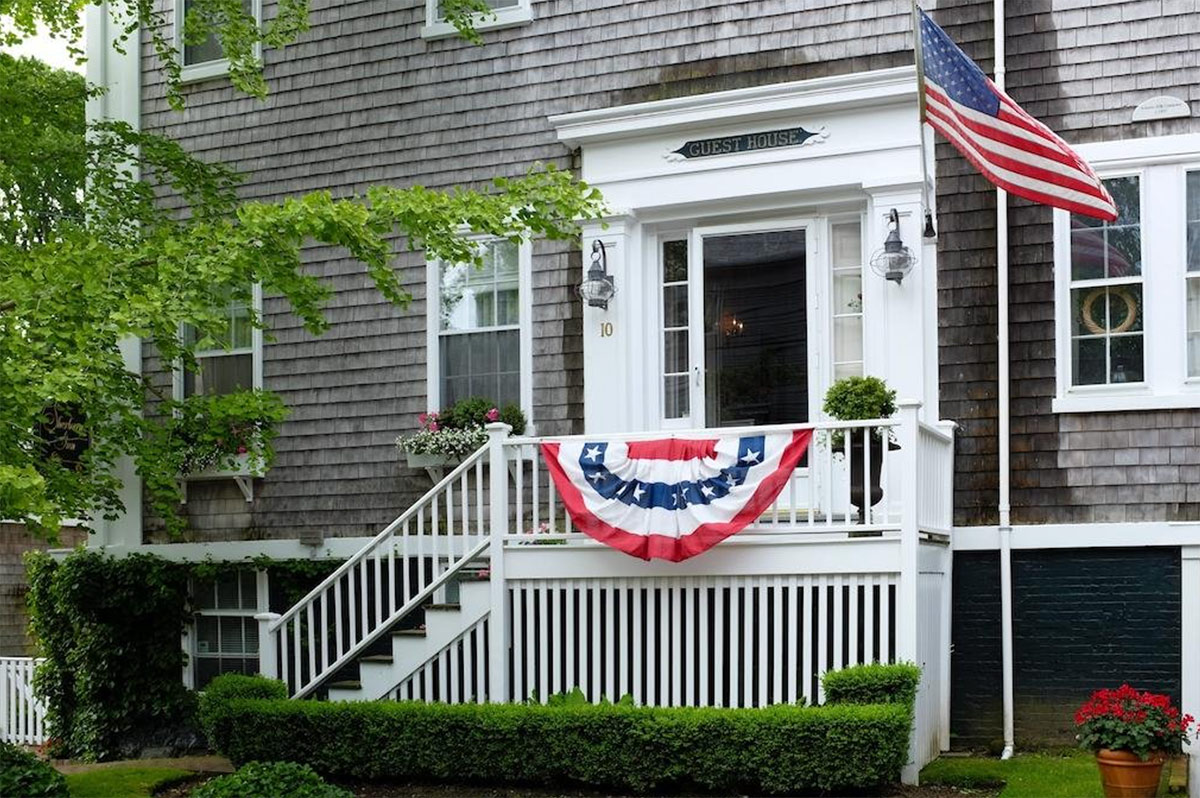Why was there a Silk Factory on Nantucket?
Note: The Research Library is open year-round, Tuesday-Friday from 10am-4pm. The address is 7 Fair Street and it is attached to the Quaker Meeting House. Learn more on the NHA’s website.
One of the first industries on Nantucket not connected to whaling involved silk. In the mid-1830s, silk was all the rage in the fashion world. There was wild speculation in the luxurious fabric along the eastern coast of the United States and several enterprising Nantucketers decided to give it a try. Furthermore, the abolitionists encouraged the silk business as a way to avoid slave-produced cotton.
Silkworms feed on the leaves of white mulberry trees. The first recorded planting of mulberries was in Quaise in 1832 on land owned by William H. Gardner. Other plantings followed, including 120 planted at the Quaise Asylum for the poor. Mulberries were planted in town on Academy Hill and on North Water Street, but the largest grove comprised 4,000 trees on Aaron Mitchell’s farm in Polpis.
The cocoon’s silk is spun into thread and then into fabric. Growers Gardner and Mitchell financed the Atlantic Silk Factory in 1835. The building still stands at 10-12 Gay Street on Academy Hill. Today, half the building is a private residence and the other half is Sherburne Inn. The street is named after Gamaliel Gay, the Rhode Island inventor of the silk-making machinery. Gay himself oversaw the building of Nantucket’s factory with its sixteen-horse power engine.
Wastewater from the factory was dumped into a small pond across the street.
Women provided the bulk of the labor. Fifty women operated the four spinning machines and the six looms. The spinning machines, each with 500 bobbins, were twelve feet long. The looms produced 50,000 linen coats and thousands of vests and handkerchiefs in its eight years of operation. Samples are on display at the Nantucket Whaling Museum.
Massachusetts encouraged the silk industry and authorized a one-dollar bounty for every ten pounds of silkworm cocoons and another for every reel of silk. Governor Edward Everett toured the factory in 1836, praising the industrious islanders, “whether in seizing the fibers of the silkworm, or in waging wars with the monsters of the deep – may they be equally prosperous.” That same year, Nantucket’s silk was displayed at the American institute in New York City, garnering praise for its high quality with a prediction that, if the island could produce enough silk, it would surpass the silks of India and France.
It was not to be. The mulberry trees failed to thrive in the island’s sandy soil. Although a few hardy survivors can still be found, most of the trees died.
The silk factory closed its doors in 1844, the machinery moved to the second floor of Aaron Mitchell’s warehouse. Its weight caused the warehouse to collapse, destroying everything inside.
It was the island’s last foray into silk manufacturing.

